PROTECT YOUR DNA WITH QUANTUM TECHNOLOGY
Orgo-Life the new way to the future Advertising by AdpathwayToday’s guest is Michael Zweifel. Michael is the Defensive Coordinator and Defensive Backs Coach at UW–La Crosse, now in his fourth season with the program. He previously founded Building Better Athletes (BBA Performance) in Dubuque, Iowa, training athletes from youth to pro levels. Michael also coached at Clarke College and the University of Dubuque. A former record-setting wide receiver, he won the 2011 Gagliardi Trophy and still holds the NCAA all-divisions career receptions record (463).
In athletic development, the “5 S’s of performance”: Strength, Speed, Stamina, Suppleness, and Skill are often brought up. What tends to be the case is that those 5 elements are weighted in that order, with skill mentioned, but rarely or ever studied in how to improve it.
On today’s show, Michael discusses his own creative approach to skill development in American football players with an emphasis on building artistry and adaptability in his players. He speaks on the nature of constraint-based coaching that helps athletes improve their arsenal of movements on the field, as well as their decision-making skills amid chaos. We also touch on the crossover between basketball and football, and ultimately, the art of long-term development of skill in one’s sport and as an athlete in general.
Today’s episode is brought to you by Hammer Strength.
Use the code “justfly25” for 25% off any Lila Exogen wearable resistance training, including the popular Exogen Calf Sleeves. For this offer, head to Lilateam.com

Podcast: Play in new window | Download (Duration: 1:04:36 — 59.2MB) | Embed
Subscribe: Apple Podcasts | Spotify | Amazon Music | Android | Pandora | iHeartRadio | JioSaavn | Podchaser | Email | Deezer | Anghami | Youtube Music | RSS
View more podcast episodes at the podcast homepage. (https://www.just-fly-sports.com/podcast-home/)
Timestamps
0:12 – Programming for High School vs. College-Level Athletes
5:03 – Balancing Strength and Movement Skill in Team Settings
11:09 – Developing the Skill of Lifting in Young Athletes
15:34 – Rethinking Readiness: Performance vs. Output
19:43 – Using Split Squats and Progressions for Movement Quality
26:30 – Training the Foot and Ankle Without Overengineering It
31:58 – Prioritizing Play and Variability in Movement Prep
36:30 – Gaining Buy-In Through Fun, Autonomy, and Context
44:52 – Avoiding the Trap of Over-Cueing and Technical Obsession
50:33 – Defining Transfer: Performance, Practice, and Perception
55:51 – Evolving Coaching Philosophy with Experience
Programming for High School vs. College-Level Athletes – [0:12]
Coaching high school athletes requires simpler systems and more attention to teaching intent. College athletes can handle more volume and complexity, but the fundamentals still matter.
What to try:
- Prioritize clean movement and buy-in over complexity in high school settings.
- Introduce more autonomy and load management with college athletes.
- Don’t assume physical maturity—meet athletes where they are.
Balancing Strength and Movement Skill in Team Settings – [5:03]
It’s not just about chasing strength numbers. There’s value in seeing how strength integrates into movement, especially in large team environments.
What to try:
- Cycle in movement tasks—like crawling, balancing, or landing—in warmups and finishers.
- Use strength work to support athletic expression, not just output.
- Keep the athlete’s sport in mind—strength is a tool, not the goal.
Developing the Skill of Lifting in Young Athletes – [11:09]
Lifting isn’t just strength—it’s a skill. For youth athletes, you’re teaching how to move with awareness under load.
What to try:
- Start with basic isometrics and bodyweight patterns to teach control.
- Add load only when position and rhythm are reliable.
- Use slow eccentrics and pauses to reinforce stability.
Rethinking Readiness: Performance vs. Output – [15:34]
Readiness isn’t just about lifting heavier or running faster—it’s about how an athlete moves and feels. Output is one piece, not the whole picture.
What to try:
- Include subjective readiness check-ins before training.
- Look for signs of fluidity, control, and intent in warmups.
- Use RPE and movement quality, not just the stopwatch or barbell.
Using Split Squats and Progressions for Movement Quality – [19:43]
Split squats are more than a regression—they teach foot pressure, torso control, and joint alignment. Don’t rush athletes past them.
What to try:
- Start with assisted or tempo split squats to build awareness.
- Cue pressure through the midfoot—not just depth.
- Progress only when position and intent stay consistent under load.
Training the Foot and Ankle Without Overengineering It – [26:30]
You don’t need to reinvent the wheel. Sprinting, jumping, and landing already train the feet—just be intentional about exposure.
What to try:
- Include barefoot work in warmups or low-load prep phases.
- Use jumps, skips, and landings for natural foot and ankle loading.
- Avoid excessive band drills unless there’s a clear need.
Prioritizing Play and Variability in Movement Prep – [31:58]
Rigid warmups miss an opportunity to build coordination and adaptability. Add variation and play to help athletes solve movement problems on the fly.
What to try:
- Swap in games, tag variations, or reactive drills instead of static stretching.
- Use variable surfaces or implements to challenge control.
- Keep athletes mentally engaged—avoid going through the motions.
Gaining Buy-In Through Fun, Autonomy, and Context – [36:30]
Buy-in isn’t just about results—it’s about trust. Athletes respond better when they feel heard, when sessions are fun, and when they understand the “why.”
What to try:
- Ask athletes what they enjoy or feel helps them—then build around it.
- Offer small choices during sessions (e.g., jump variation, finishers).
- Keep training competitive but light—fun doesn’t mean ineffective.
Avoiding the Trap of Over-Cueing and Technical Obsession – [44:52]
Too many cues can kill movement fluency. Don’t coach every rep to death—let athletes feel their way through tasks.
What to try:
- Cue external outcomes instead of internal positions (“touch the line,” not “extend the hip”).
- Give space for errors—especially during exploration phases.
- Only step in when a pattern is clearly unsafe or consistently flawed.
Defining Transfer: Performance, Practice, and Perception – [50:33]
Transfer isn’t about mimicking sport exactly—it’s about influencing how athletes see and solve problems. Think beyond biomechanical matching.
What to try:
- Choose tasks that challenge perception, timing, and decision-making.
- Use constraints that require adaptation, not just repetition.
- View “transfer” as a process, not a checkbox.
Evolving Coaching Philosophy with Experience – [55:51]
With time, coaching shifts from control to curiosity. The best coaches aren’t trying to micromanage—they’re observing, adjusting, and trusting the process.
What to try:
- Reflect on how your coaching has changed—and why.
- Seek feedback from athletes on what actually sticks.
- Simplify where you can and focus on the long-term development arc.
Quotes
“I think we overplay how technical we have to be early on with lifting. It’s not wrong to be technical, but it can almost create fragility in the way we approach training.”
“The lift is the skill. So when we coach that, it’s not just about strength—it’s about how you coordinate, how you stabilize, how you organize your body under load.”
“I think fun and autonomy are critical. If an athlete walks out of a session with a smile, I don’t care how perfect the sets and reps were—they’re going to come back and buy in again.”
“You can tell when someone’s trying to feel their way through a movement—that’s when you know you’re doing something valuable.”
About Michael Zweifel
Michael Zweifel is in his fourth season on the UW–La Crosse football staff in 2025, serving as the Eagles’ Defensive Coordinator and Defensive Backs Coach Prior to UW-La Crosse Michael founded and led Building Better Athletes (BBA Performance) in Dubuque, Iowa, coaching athletes across youth, high school, college, and professional levels.
From 2013 onward, Michael also contributed as the strength and conditioning coach for Clarke College baseball and as the wide receiver coach at the University of Dubuque (Iowa) beginning in 2022.
A standout athlete, Michael won the 2011 Gagliardi Trophy as the nation’s top NCAA Division III football player. He holds NCAA records—including 140 receptions in a season and a career-total 463 receptions across all divisions. He earned his bachelor’s degree—summa cum laude—in exercise science from Dubuque University in 2011 and completed his master’s in kinesiology at the University of Texas at Tyler in 2015.
Free Speed Training eBook - Velocity 101

Improving speed is one of the most popular topics in the athletic performance equation. Where there are many ideas and thoughts out there, as to particular training exercises, or setups, the more core aspects of speed training often go without mention. These include the fundamental aspects of what makes an athlete fast, specific sprint-power concepts, the relevance of "3D" motion, motor learning and more.
Velocity 101 will help you take a leap forward in understanding of what makes athletes fast, and how to train it effectively
Invalid email address
We will never sell your information and you can unsubscribe at any time.


 1 month ago
8
1 month ago
8







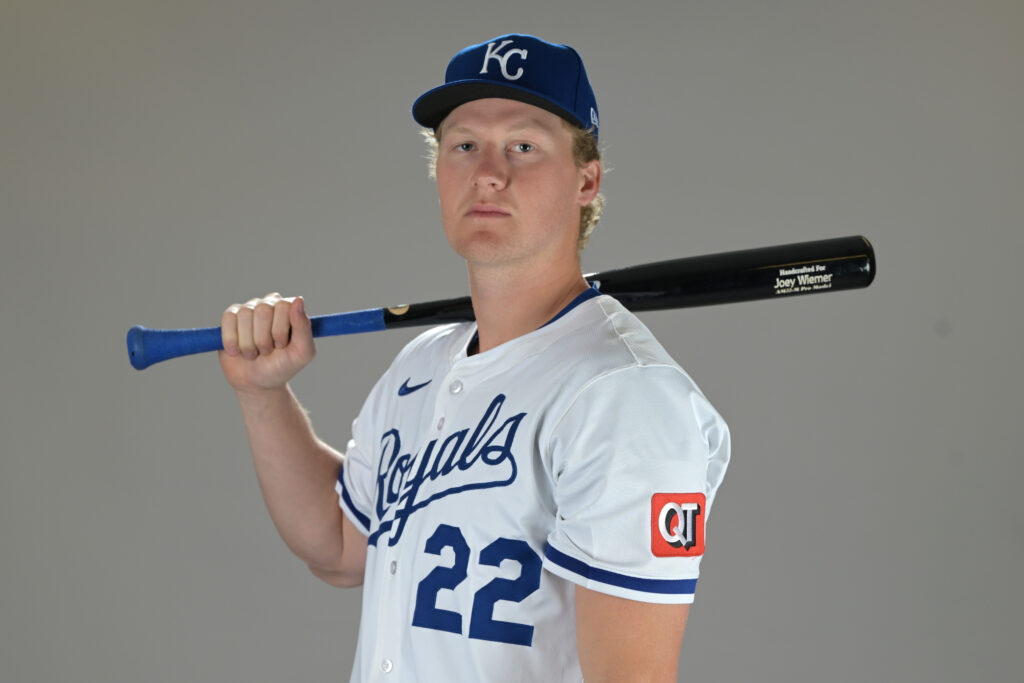


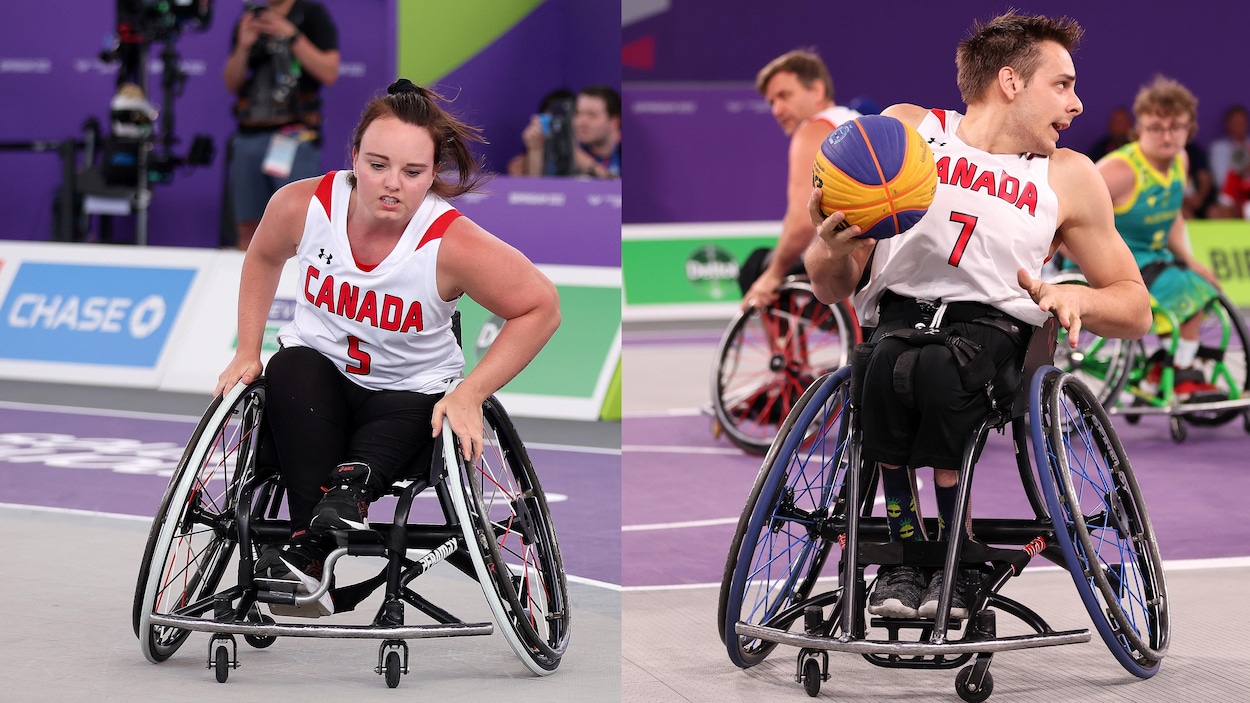
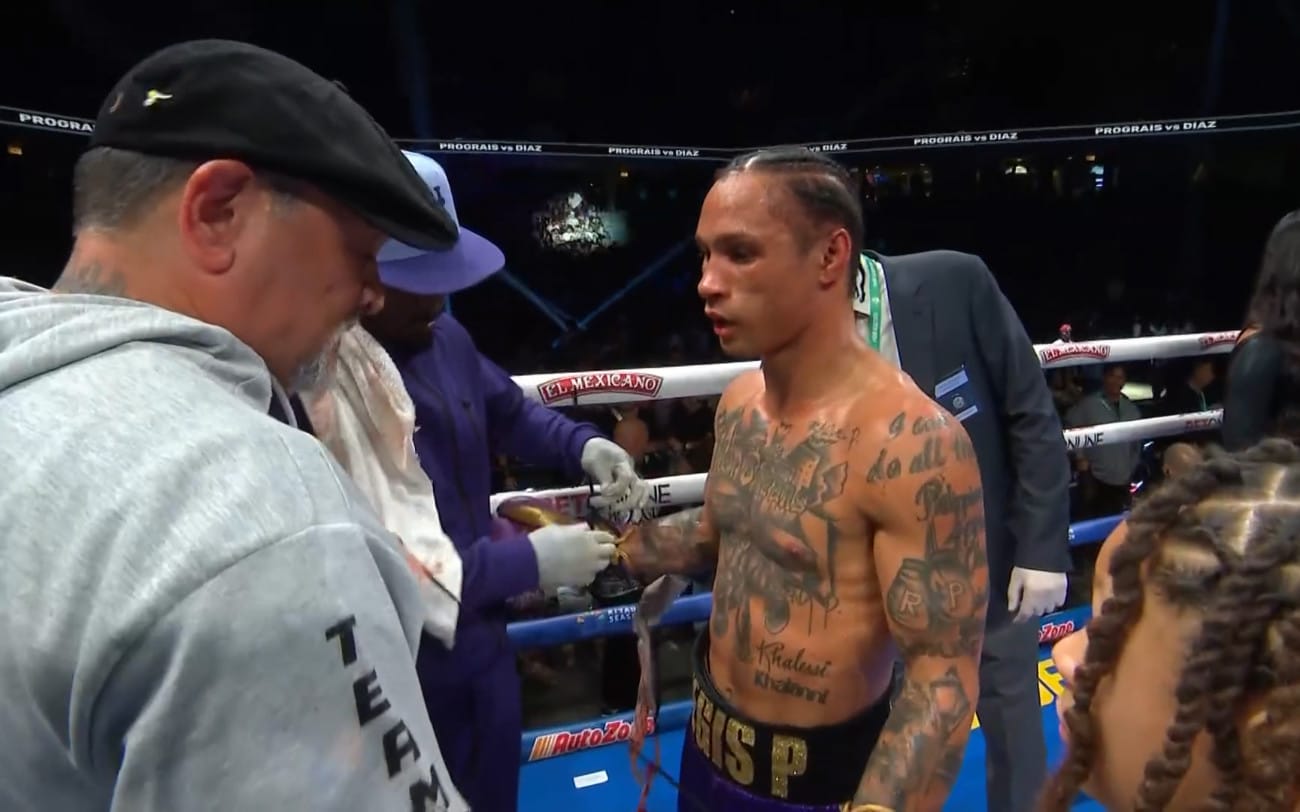

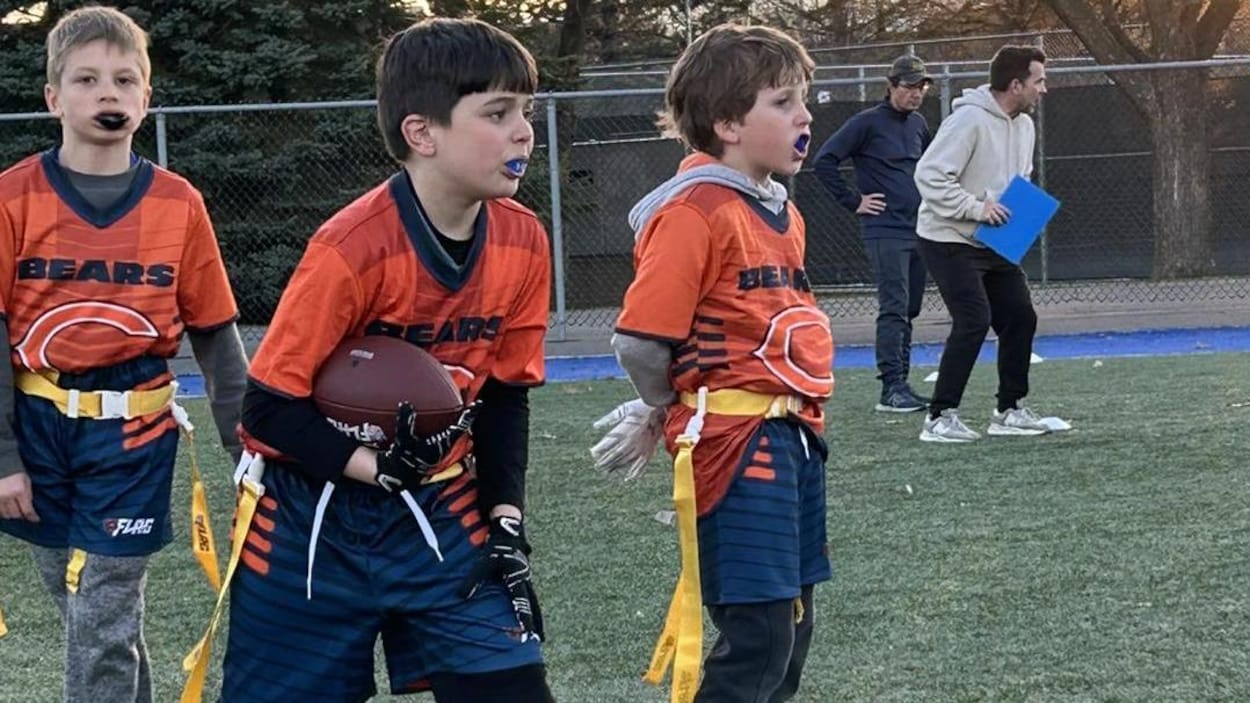
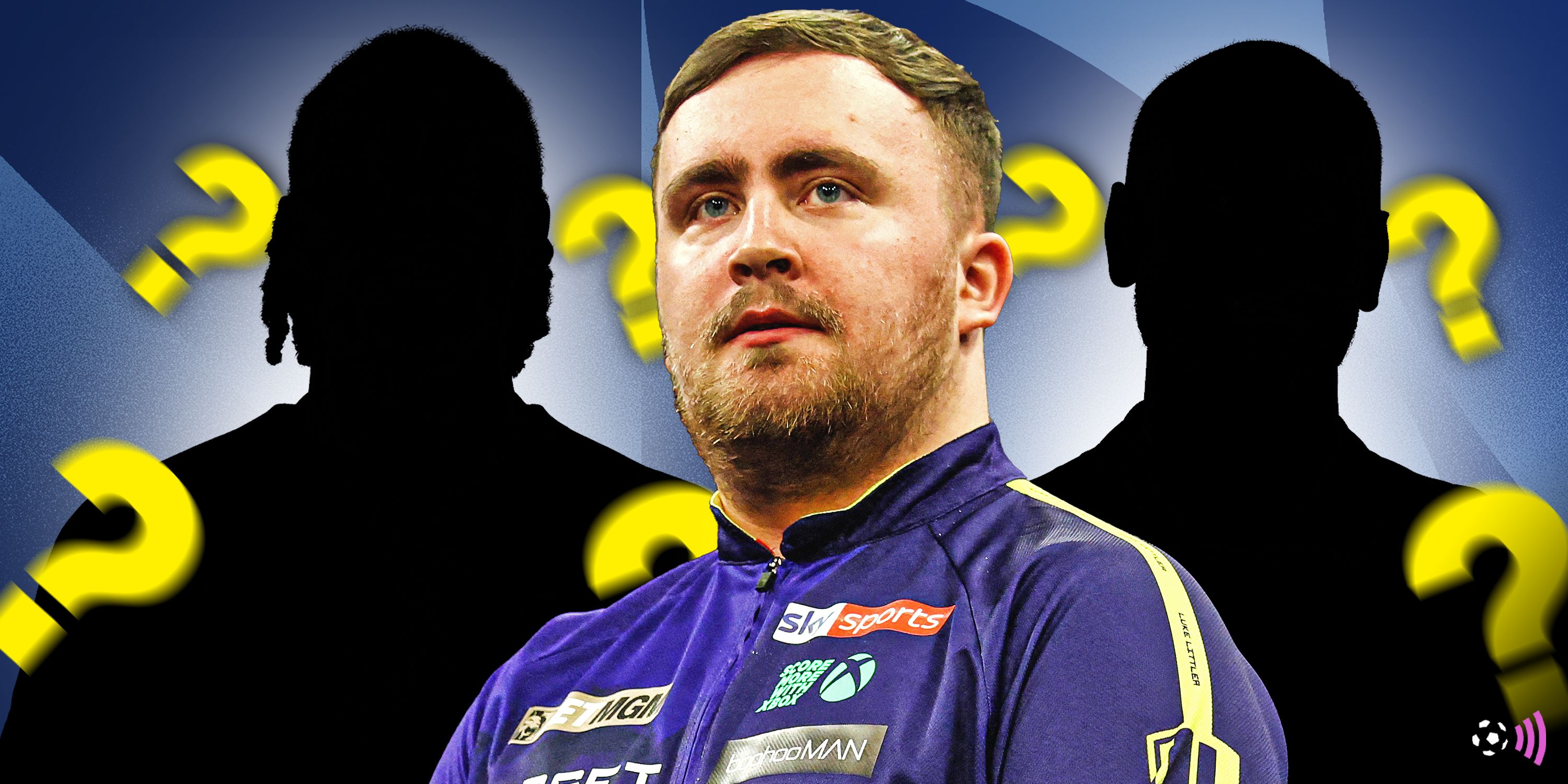

 English (US) ·
English (US) ·  French (CA) ·
French (CA) ·